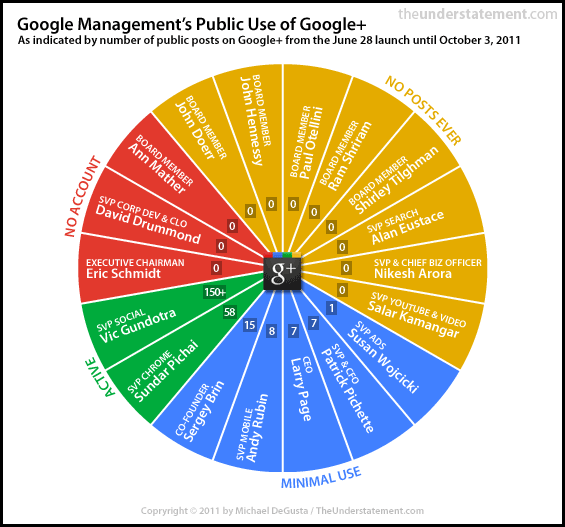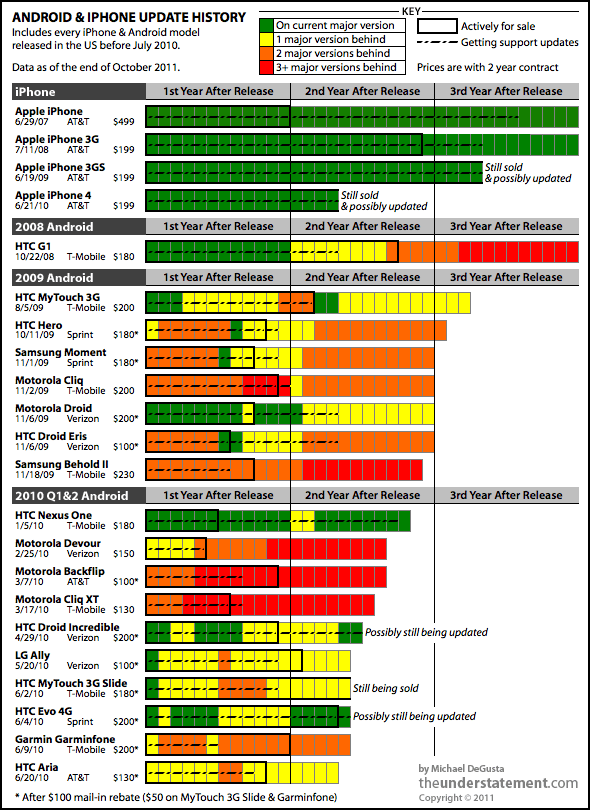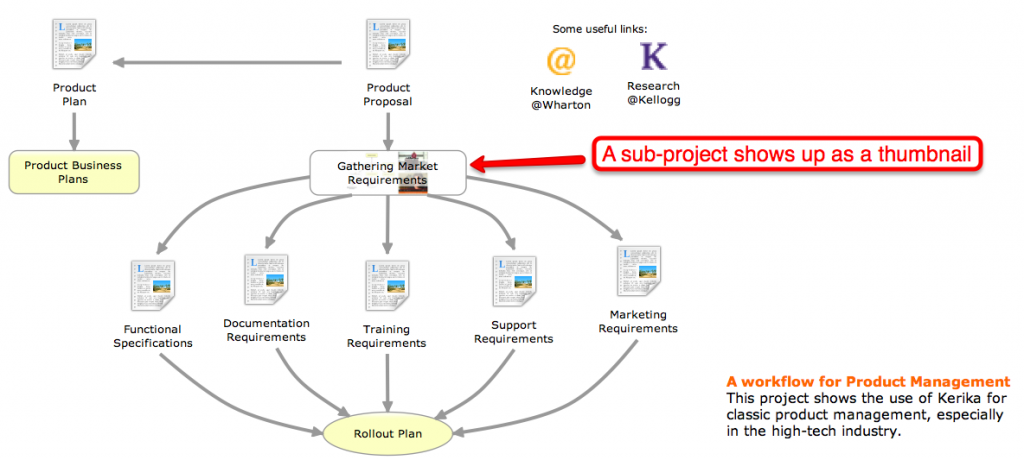Apple just announced a new platform and nobody noticed.
Far too much of the commentary from Wall Street about the launch of the iPhone 4S has been superficial, focusing on the fact that it is a “4S” and not a “5”. Why, oh why, wail the analysts, couldn’t Apple just have called it the iPhone 5 and made everyone happy?
This misses a rather big point about the iPhone 4S: the “S” may ostensibly stand for “speed”, since the new phones have a faster processor, but in our opinion the “S” really stands for Siri, as in “speech”.
OK, so we don’t have our hands on a real iPhone either, which means we are guessing, too, and using the very limited collection of videos and demos that are publicly available for our guesswork/analysis, the most extensive of which is Apple’s own promotional video.
This promo video, however, does provide a very good indicator of the vast potential of the new speech platform that Apple has just launched. Yes, there’s a whole new platform for personal computing out there now, thanks to Siri, and it’s not just limited to iPhones.
Siri is more than speech processing: it is an impressive attempt to bring interactive voice response (IVR) to the masses in a way that does not immediately induce rage against the machine. There are two major innovations with Siri, only one of which has gotten any real attention:
- There is the AI needed to understand the user’s speech and translate the nouns, verbs and indirect references (like “this weekend”) into API calls, and here Siri promises to be a considerable leap forward from the kind of hugely annoying systems we all accustomed to dealing with when we call our bank or insurance company.
There is also the AI needed to generate voice output from the system, and here Siri looks like it could do with some work, particularly if it is to sound less synthetic.
- The far more impressive work is the Siri’s integration with the calendar, email, Google Maps and iTunes programs, as well as external web services like weather.com. This is the new platform that just got launched: the integration of a speech interface to all personal computing devices: not just phones, but also tablets, laptops and TVs.
The iPhone 4S will debut with Siri working seamlessly with mail, calendar, Google Maps, SMS, weather, and basic Web searches. But this is just the start: what Siri does today is similar to what the iPhone 1 did on the day it launched, when it came with a handful of standard applications for email, calendar, SMS, weather and basic Web searches. (Hmm… sound familiar?)
If the iPhone 1 was impressive right out the box, before hundreds of thousands of applications had been written for it, imagine what the Siri platform will be like when there are hundreds of thousands of existing applications and software packages that support a speech interface.
Apple has launched what they hope with be the speech platform for personal computing. Sooner than we developers would like, we will have to start supporting a speech interface to our personal computing applications, and it will have to be a much smarter interface than anything that came before.
If Apple succeeds in making the Siri interface a de facto standard, they will own a fundamental platform technology that would make Bill Gates envious.




